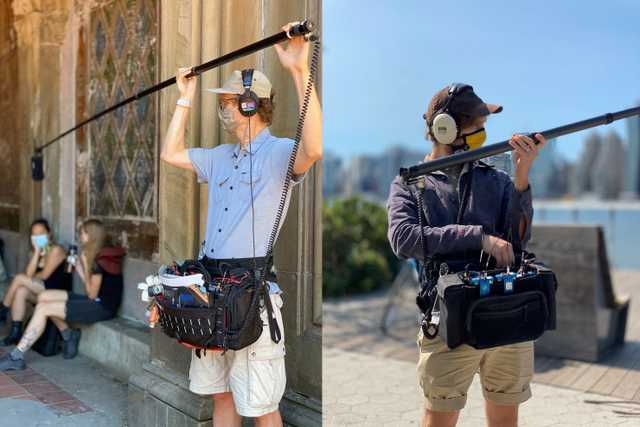New York’s Sound Co-op relies on Lectrosonics
- Details

“Our Co-op is a legal structure,” says chief financial officer Shipman. “It’s just like how some apartment buildings and food stores are co-ops. We’re not only worker-owned, but democratically controlled. In a for-profit company, owners take profit based on the share of the company they own. Here, each sound mixer takes revenue based on how much they work.”
Even prior to the pandemic, standardisation was a must, as resident tech guru and co-founder Jon Moore explains, “From a technical perspective, we needed wireless products that were wideband, durable, user-friendly, and easy to troubleshoot.”
In early 2020, the coronavirus struck, giving Sound Co-op a further reason for having a single wireless umbrella. “We were already benefitting by swapping gear seamlessly between audio bags and projects - if a particular shoot needed more channels at the last minute, that kind of thing,” says chief marketing officer Austin Plocher. “When Covid hit, one of the ways we tried to drive change was by offering paid sick leave to our mixers. If someone feels sick, we’re not pressuring them to show up on set. That’s a cultural change our industry needs to grapple with.”
Moore and Plocher flag Lectrosonics as equally tenacious in both talent and IFB applications: “I’ve had talent drop Lectrosonics transmitters onto pavement from as much as ten feet up,” recalls Moore. “They powered up and worked again, where other brands have failed from a three-foot fall.”
“We hand countless R1A receivers to producers and directors,” adds Plocher. “So many people treat them like little utility boxes that can just be thrown around … that should give us anxiety, but because it’s Lectrosonics, it doesn’t. I can’t remember the last time an R1A stopped working.”
















